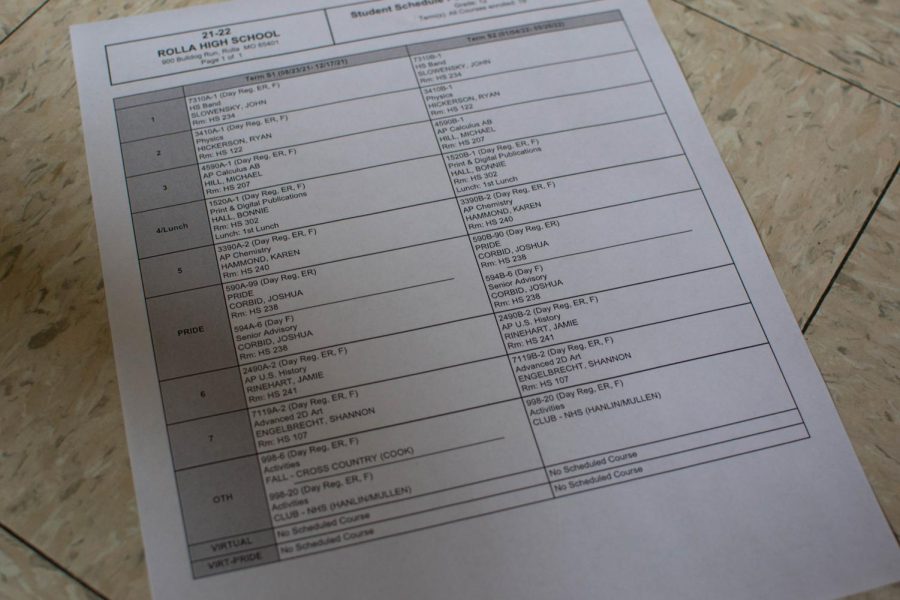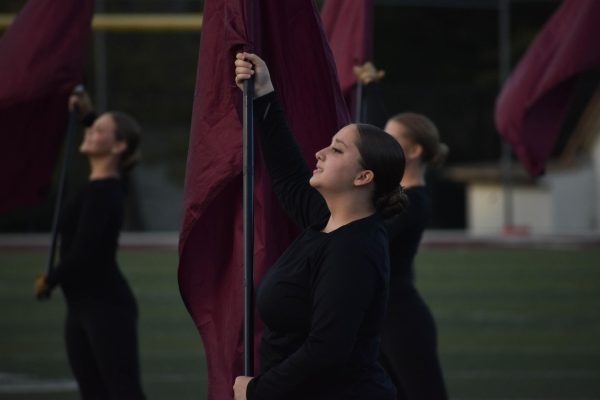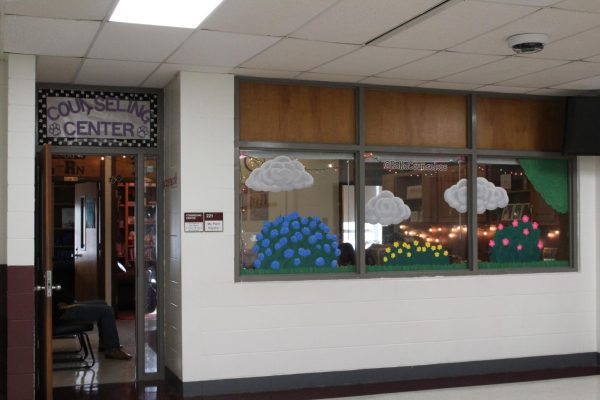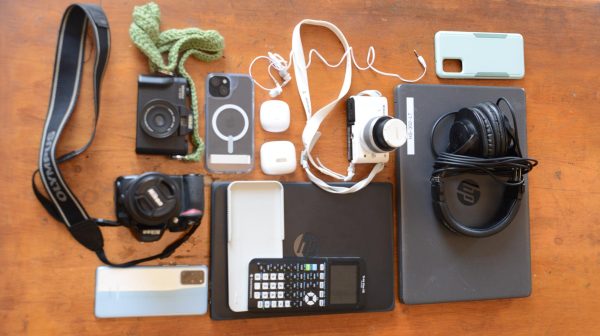Do block schedules benefit students?
Unbeknownst to many Rolla High School students, a drastically different high school experience exists in different parts of the state. 90-minute classes and four classes a day is the norm for many. These block schedules’ extended periods provide different strategies for teaching and learning material.
“Each semester we take eight classes. Four of them end up as our A day classes, and the other four end up as B day classes. Then, each day of school, it’s either an A day or B day, and we attend those four blocks that day, which are each roughly an hour and a half,” said Senior Joseph Sanders, a student at Smithville High School.
Senior Aiden Sullivan, who attends Lincoln College Preparatory Academy, has a school week that is mostly a block-schedule with Monday being an exceptional 8-period day.
“Monday is periods 1-8, 40 minutes each, while the rest of the days alternate as 90 minute classes. Tuesday and Thursday are periods 1,3,5,7, and Wednesday and Friday are periods 2,4,6,8,” said Sullivan. “Class feels rushed on Mondays, and we normally just do busy work. However, I do like having Monday to get back into the groove of school.”
Sanders also experienced an 8-period schedule when his school implemented it in 2020 due to COVID.
“Our schedule last year was a much more traditional schedule. Lunch was pretty much the same, although we had much less time. I didn’t love it as a lot of the classes felt like we were rushed, and I generally was expected to complete a lot more work outside of school”
The starting and ending times for each school day varies across districts. While some students start as early as 7:30 AM, Senior Sona Ferguson from Battle High School begins class relatively late at 8:55 AM.
“I get to school early for activities and stay late for activities, so it really doesn’t matter to me much. It is nice to be able to schedule things before school without them being ridiculously early, although it being dark by the time I leave school some days is not ideal,” said Ferguson.
Ferguson sees the block schedule as ideal for many reasons.
“It allows more time in the day for class, instead of a ton of passing periods; it simulates a college environment; it allows for more schedule flexibility, generally; and it gives students an extra day to do work for each class,” said Ferguson.
However, he acknowledges that there are disadvantages.
“If you miss a day of school, you will go 4 or more days without attending one of your classes. If it is an ABABA week, and you miss Wednesday for example, you will go from Monday to Friday without having your A day classes…The effects are highly variable based on the class, teacher, and student, but it seems true that missing a day of block classes will probably be worse, just because you meet as a class fewer times, even if the total hours are the same,” said Ferguson. “Also, the classes can feel too long sometimes, and it can be hard to stay in focus the whole time. I think teachers could solve this with a 5 minute break in the middle of the block.”
Senior Mishal Wu from Warrensburg High School has classes that usually have time for breaks built in.
“Some [classes] have 5-minute walk breaks, others have longer 15-minute breaks at the end of class,” said Wu. “Some don’t have any at all, but [they] usually have homework time built in.”
The conditions surrounding homework are different in alternating block schedules, as students are given an extra day to complete work. For Wu, she believes this can be both helpful and detrimental.
“It’s on both extremes. For some it really helps since they’re busy, but for others it helps them procrastinate,” said Wu.
Additionally, the severity of homework depends on the class.
“On some days it’s no problem, but missing Spanish is a death wish…it has around 4-8 hours of homework per class, so missing a period means at least 8 hours of homework, if not more,” said Wu.
Star Hargis, an English teacher at Rolla High School, used to teach at a school with a slightly different type of block schedule.
“I worked at Kickapoo High School, which is on an accelerated block. Students have four classes a day, each around 95 minutes long, and they have the same classes five days a week. You finish a year long class in a semester, and you finish a semester class in a quarter,” said Hargis.
As a teacher, Hargis saw many advantages in block schedules.
“It was far less grading since I had a lower student load, so I could spend more quality time on the grading itself. I did not feel as overwhelmed as I do with the amount of students in classes that I have now. Plus, the planning period that teachers got was an hour and a half long,” said Hargis. “It’s also nice because you have enough class time to, for example, assign a reading, read it, analyze it, and do the analysis all in one class. You’re continuing the thought process within a one day period, which is better than trying to pick up where you left off the day before.”
Sanders also believes that the longer periods help him learn.
“I like the time that a block schedule provides, and I think it allows me to learn more effectively, as I have more time to process and learn information in classes.”
For Hargis, block schedules made things more efficient, both for her and her students.
“I prefer block scheduling for managing students in terms of planning. Without it, I struggle trying to talk to everyone about what they’re working on,” said Hargis. “[Additionally, with blocks,] many more students used the class time to their advantage, because they knew that they could get their work all done. Whereas sometimes students here think the class period time is so short that they’re not going to get it done anyway, so they’ll just work on it at home.’”
However, Hargis greatly struggled with building long-lasting connections with her students.
“Sometimes I felt that right when I had finally developed a good relationship with my students, we had to start an entirely new load of stuff. I felt like it was too quick in terms of the development of those relationships…It was weird for me to adjust to that, and it was weird for me to not interact with those students again after the semester. There was sort of a disconnect that was created there,” said Hargis.
Sanders sees this as one of the detriments of block-schedules as well, although to a lesser extent.
“The main weakness is not being in your classes every day, which can cause some content to slip. This is especially true for upper level math classes where you have to be doing things daily to keep it all in your brain. Additionally, since you don’t see the same group of people every day it can be harder to build relationships with peers and teachers, however after a few weeks this is largely negligible,” said Sanders.
However, an important aspect of block schedules is how they often positively affect students’ mental health, something Hargis noted about her time at Kickapoo.
“I do think that students were far less stressed and anxiety-ridden, because they had fewer subjects to manage and complete work for each night. Of course, there are many other factors that are contributing to the stress and anxiety now, so I think that trying to manage four classes is much easier than trying to manage seven, especially when so many people are involved in extracurricular activities,” said Hargis.

My name is Angela and I’m currently drinking a medium mocha frappe. I’m a senior staff writer and this is my first year at ECHO. I enjoy drawing, and...

Hey, I’m Mallory, the webmaster of ECHO. This is my second year on staff, and I’m a senior. I run cross country and track, participate in band, stuco,...








